Is your website live but not bringing in leads? Here’s the reality check nobody wants to hear: your website might be sabotaging your business without you knowing it. Every design choice you make has real consequences, from bounce rates to actual sales walking out the door.
In a competitive market like Salt Lake City, Lehi, or St. George, even one poor user experience element can cost you a sale. Utah Digital Marketing Experts have seen these patterns repeatedly, and we’re breaking down the top mistakes plus how to fix them fast.
1. Ignoring Mobile Optimization
Over 60% of Utah’s website traffic comes from mobile devices. If your website looks terrible on mobile, you’re telling the majority of your audience to shop elsewhere.
Google’s mobile-first indexing means your mobile site performance directly impacts your search rankings. When users can’t easily navigate your site easily on their phones, they bounce and that poor bounce rate signals to Google that your content isn’t valuable.
The fix? Start with Google’s Mobile-Friendly Test tool. Switch to responsive themes that automatically adjust to different screen sizes. Test your site on actual devices, not the desktop preview. Professional web design services in Utah can ensure your site is fully optimized for mobile users across all devices.
2. Slow Loading Speeds = Lost Trust
Three seconds. That’s how long users wait before they bounce to a competitor. If your site takes longer than that to load, you’re hemorrhaging potential customers before they even see what you offer.
Slow sites don’t feel trustworthy. When someone clicks your link and waits… and waits… they assume you’re either outdated or unreliable.
Tools like GTmetrix and PageSpeed Insights show you exactly what’s slowing down your site. Common culprits include oversized images, too many plugins, and servers that can’t handle your traffic. Compress your images, reduce unnecessary plugins, and consider using content delivery networks (CDNs).
3. No Clear Call to Action (CTA)
Your website visitors aren’t mind readers. They need you to tell them exactly what to do next. Too many Utah businesses create beautiful websites that leave users wondering, “Now what?”
Every page should have a clear, action-oriented CTA. Instead of generic “Learn More” buttons, use specific language like “Get Your Free Quote” or “Schedule Your Consultation.” Make phone numbers clickable so mobile users can tap and call immediately.
Heatmap tools like Hotjar show you where users click on your pages. You might discover that your current CTA placement isn’t working at all. If you’re struggling with conversion optimization, consider scheduling a free consultation to get expert guidance on improving your CTAs.
4. Cluttered Layout and Poor Navigation Structure
First impressions matter, and your website is often the first interaction potential customers have with your business. A cluttered, outdated design with confusing navigation immediately signals that you may not be current with industry standards.
Utah users favor clean, modern, functional design. White space isn’t wasted space, it guides the eye and makes your content more digestible. Grid-based layouts create a visual hierarchy and help users process information quickly.
Confusing menus kill user experience faster than almost anything else. When visitors can’t find what they’re looking for within a few clicks, they leave. Follow the three-click rule: users should be able to reach any important page within three clicks from your homepage.
Create simple, logical navigation with clear categories. Use descriptive menu labels instead of clever phrases that might confuse users. Internal linking between related pages also boosts your SEO while helping users find relevant information.
Plan to update your website design every 2-3 years. Technology and design trends evolve, and staying current shows that your business evolves too. If you’re looking to completely revamp your site, professional Utah web design services can help create a modern, conversion-focused design.
5. No Local SEO Elements
You’re missing massive opportunities if you’re not targeting local searches. When people search for “web design Salt Lake City” or “marketing agency Lehi” they want local providers.
Add city names throughout your content. Embed Google Maps showing your location. Implement local schema markup that helps search engines understand your business location and service areas. Create location-specific pages for different Utah cities you serve: Ogden, Draper, Provo, and beyond.
This is where a comprehensive local SEO strategies in Utah become essential. Optimizing for local search helps Utah businesses capture customers who are ready to buy right in their area. Whether you’re targeting customers in Draper, Sandy, West Jordan, or South Jordan, local SEO will help you dominate search results in your specific service areas.
6. No Trust-Building Elements (Social Proof, Reviews)
People trust other people more than they trust marketing copy. If your website lacks social proof, you’re making it harder for potential customers to choose you over competitors.
Add Google Reviews widgets that display recent customer feedback. Include testimonials with photos and specific details about results you’ve achieved. Display trust badges, Better Business Bureau ratings, and local association memberships.
Utah customers especially value community connections and local references. Highlighting your involvement in local business organizations builds additional trust. Consider creating valuable content marketing that showcases your expertise and builds credibility over time. Additionally, maintaining an active presence through social media marketing helps build trust and engagement with your local community.
7. DIY Designs with No Strategy
Website builders make it seem easy, but there’s a difference between creating a website and creating a website that converts. Business owners often design sites based on what they like personally, not what drives customer action.
Effective web design combines psychology, user experience principles, and conversion optimization. It’s strategic, not aesthetic. Working with a Utah-based digital marketing agency means you get local market understanding plus professional design expertise.
Whether you’re in Herriman, Riverton, or St. George, having a strategically designed website that understands your local market makes all the difference in conversion rates.
How to Fix All This Fast (Without Starting Over)
You don’t need to rebuild your entire website. Start with an audit using this checklist:
- Test mobile responsiveness
- Check loading speeds
- Review CTA placement and clarity
- Evaluate navigation structure
- Add local SEO elements
- Include trust-building components
A comprehensive SEO audit can identify these issues and more, giving you a clear roadmap for improvement. Utah Digital Marketing Experts offers free website audits that identify exactly which issues are costing you leads.
Transform Your Website Into a Lead Magnet
Fixing even one of these mistakes can make a major impact on your lead generation. Your website should work as hard as you do attracting customers, building trust, and driving sales 24/7.
Beautiful design doesn’t automatically equal conversions. Average website conversion rates hover around 2-3%. If yours is lower, you’re leaving money on the table. Build conversion elements into your design from the start. Use lead magnets like free guides or consultations. Place contact forms above the fold where users see them immediately. Add live chat for instant engagement. Every element should guide visitors toward becoming customers.
Every day your website isn’t optimized, you’re sending potential customers to competitors who’ve figured this out. Need help fixing your site fast? Utah Digital Marketing Experts is ready to help — schedule your free consultation today.
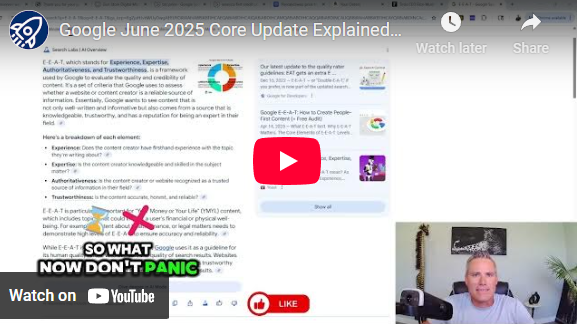
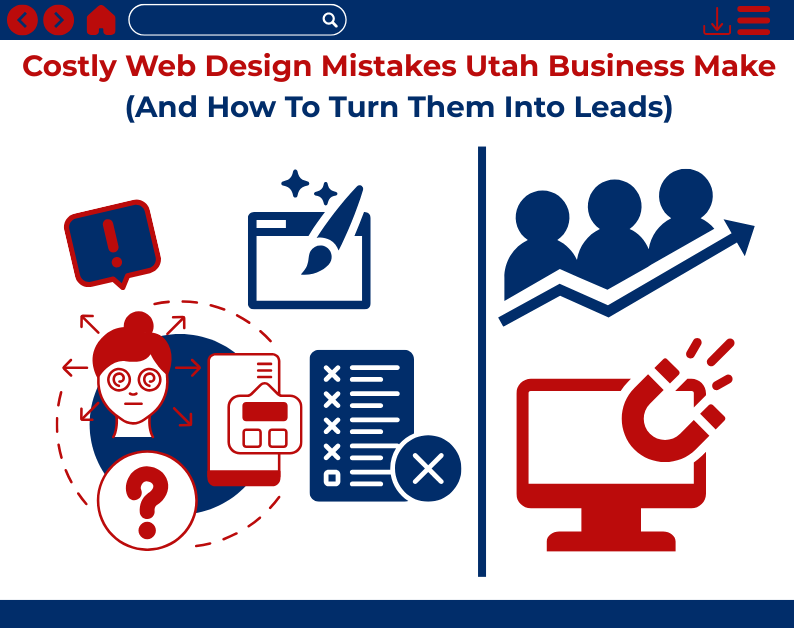



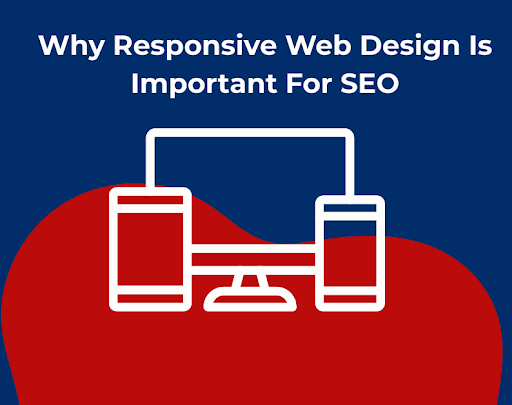
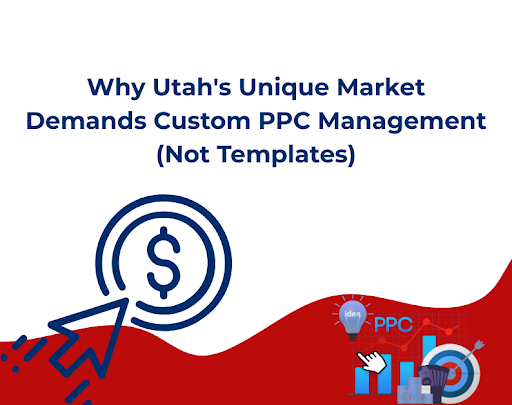
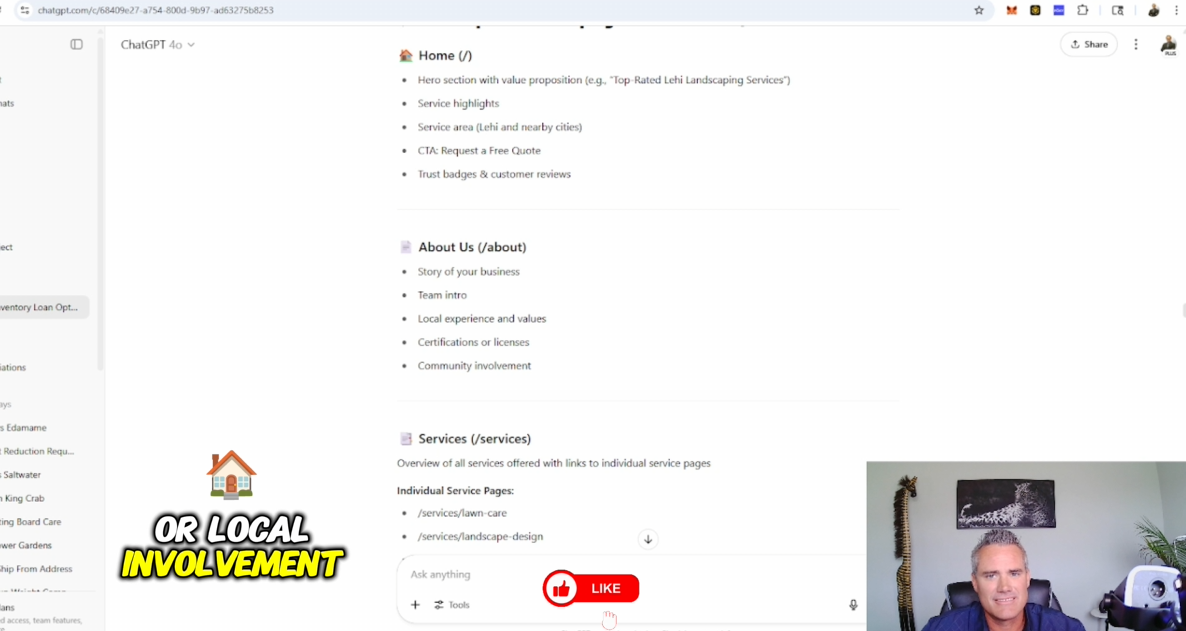

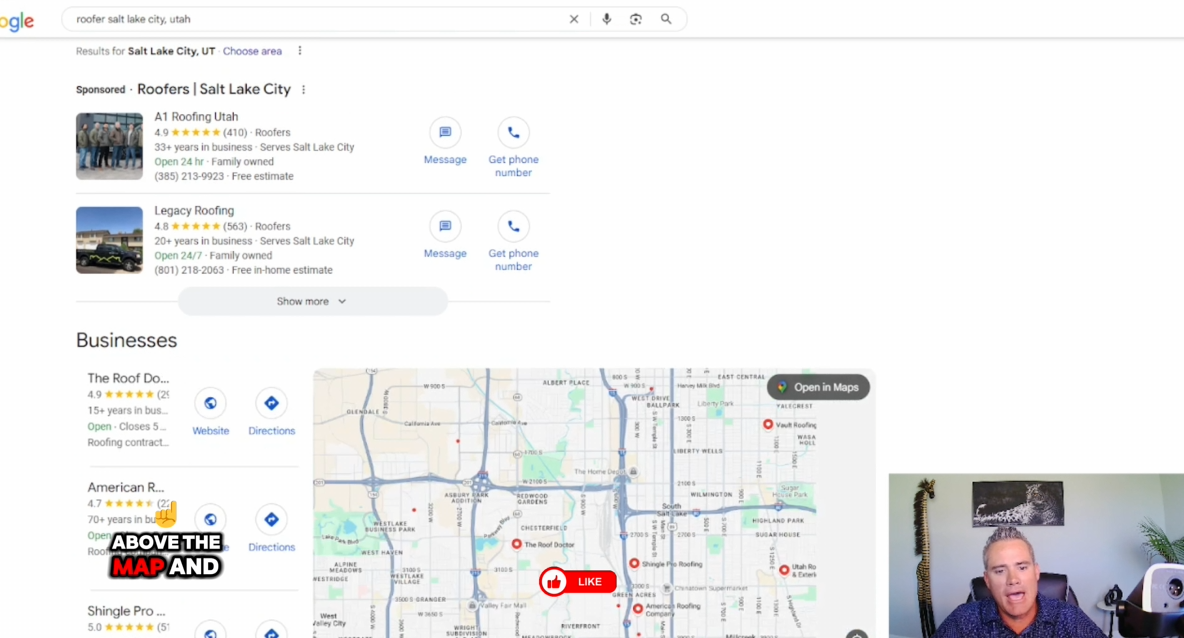
![Best Utah SEO Companies in [year] – Top Agencies for SEO Services - OnToplist.com](https://www.ontoplist.com/images/ontoplist51.png?id=68509bc1b7782)